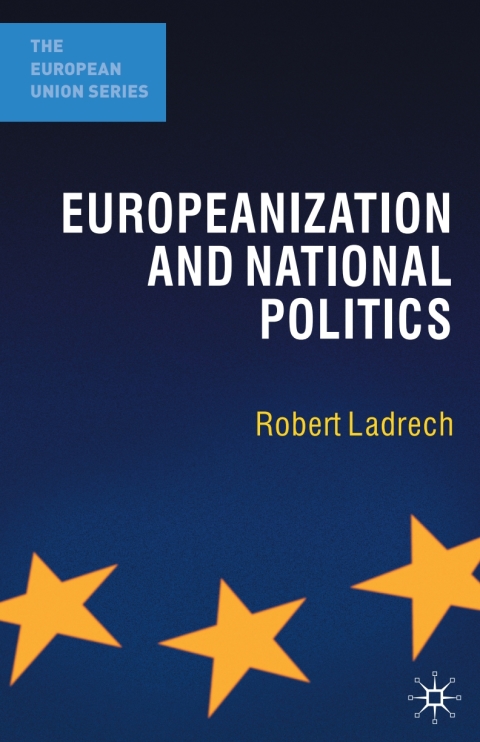Description
Efnisyfirlit
- Contents
- Acknowledgements
- Introduction
- Europeanization of member states: what significance?
- Why Europeanization rather than globalization?
- Explaining the emergence of the Europeanization concept
- Development and (near) consolidation of an approach
- Organization of the book
- Chapter 1 Europeanization: Conceptual Developments and a Framework for Analysis
- What is the meaning of ‘member state’?
- The direction of influence: ‘top-down’
- Dimensions of domestic change: where does the EU affect its member states?
- Polity (institutions)
- Policy
- Mechanisms of domestic change: how does the EU impact its member states?
- Outcome of domestic change: what is the extent of change?
- Europeanization and the post-communist experience
- A methodological consideration
- Chapter 2 National Executives
- EU decision-making and national executives
- A privileged position?
- From pressures of membership to misfit
- National coordination of EU affairs
- Institutional adjustment to EU policy output
- Strengthening of the national executive vis-à-vis national legislatures
- The national executive in the post-communist context
- Conclusion: explaining national variation in executive change
- Chapter 3 National Parliaments
- National parliaments: ‘losers’ in the integration process?
- Role and responsibilities of national parliaments in EU affairs
- Institutional change: multiple causes?
- European Union influence on post-communist parliaments
- Conclusion
- Chapter 4 Centre–Regional Relations
- The changing nature of territorial relations in Western Europe
- National and regional interests in EU policy-making
- Compound states
- Simple states
- Regional developments in post-communist member states
- Mechanisms of change in central–regional relations
- Conclusion
- Chapter 5 National Courts
- Legal integration and mechanisms of change: the development of the ECJ
- New roles for national courts
- The post-communist experience
- Conclusion
- Chapter 6 Political Parties
- Parties, politics and the EU
- Europeanization and domestic politics
- Europeanization and political parties
- Europeanization and parties in post-communistmember states
- Conclusion
- Chapter 7 Interest Groups and Social Movements
- How does the EU affect interest group behaviour?
- How does the EU affect social movements?
- How do interest groups and social movements respond to EU policy outputs?
- Europeanization and post-communist interest groups and social movements
- Conclusion
- Chapter 8 National Policy
- EU policy and national policy-making systems
- Types of EU policy influence on member states: ‘hard’ and ‘soft’
- The domestic impact of ‘hard’ EU policies
- The domestic impact of ‘soft’ policies
- Post-communist experience of policy change: adaptation or transformation?
- Conclusion
- Chapter 9 Foreign Policy
- Developing a European foreign policy?
- Europeanization and national foreign policy: dimensions and mechanisms
- Europeanization and foreign policy change: methodological issues
- Europeanization and foreign policy change: is there a singular post-communist dimension?
- Conclusion
- Chapter 10 Conclusion
- Relations between member states and Brussels
- Europeanization and national state transformation
- Europeanization as a normative concern
- Concluding remarks
- Bibliography
- Index






Reviews
There are no reviews yet.